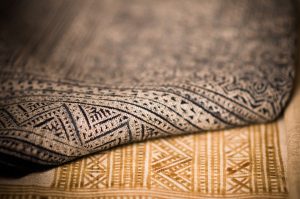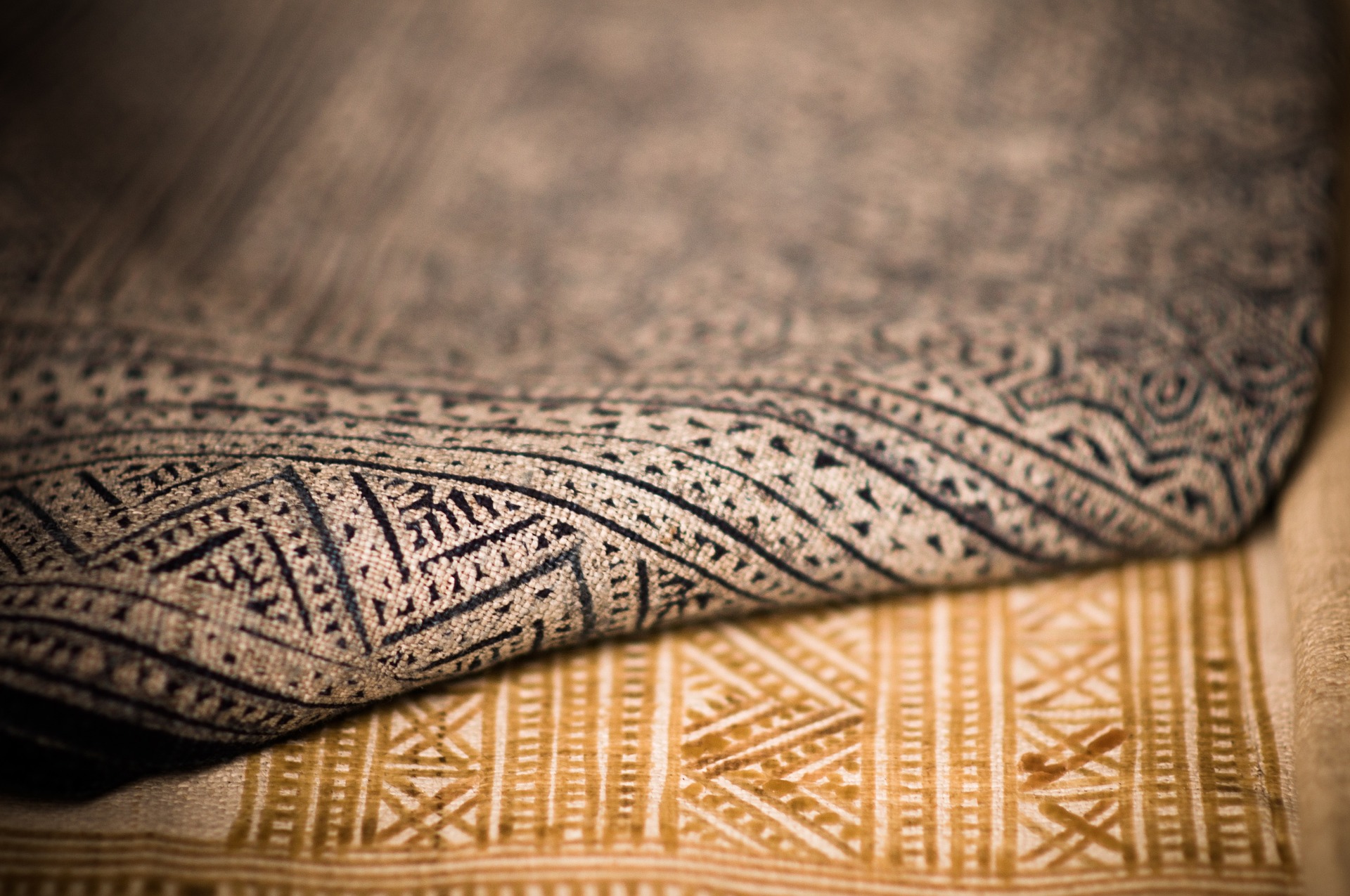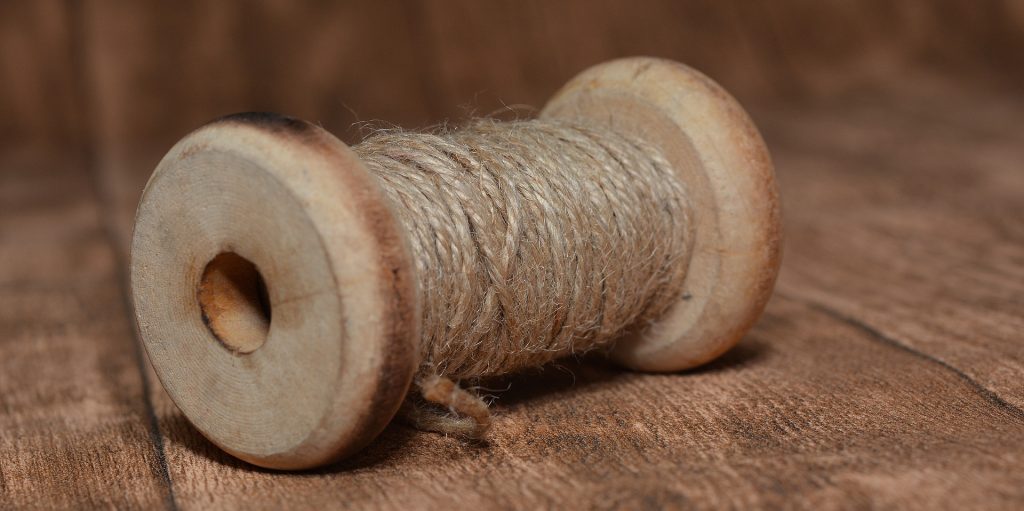 The multi-billion dollar textile industry has made its ubiquity felt time & time again. The textiles have touched every sphere from clothing the landed gentry and the masses, & opulently covering the walls, floors, and furniture, to assisting in the menial industrial or medicinal applications. No matter to which lineage, epoch or class the textiles belong, they make an impactful statement about the possessor’s stature and taste, and the artist’s ingenuity. But have you ever wondered what it actually takes to make these elaborate and extravagant textiles?
The multi-billion dollar textile industry has made its ubiquity felt time & time again. The textiles have touched every sphere from clothing the landed gentry and the masses, & opulently covering the walls, floors, and furniture, to assisting in the menial industrial or medicinal applications. No matter to which lineage, epoch or class the textiles belong, they make an impactful statement about the possessor’s stature and taste, and the artist’s ingenuity. But have you ever wondered what it actually takes to make these elaborate and extravagant textiles?
Textile, a term originated from the Latin word ‘taxere’ signifies the act of weaving the peewee fragments into the rich fabrics. For this, you’ll require few processed and unprocessed raw materials, which are:
Fibers or Yarns:
Being the quintessence of the textile production, the quality, cost of economy, and the character of the fabrics entirely rest on the genus of fibers and yarns used. These fibers are labeled in the group of two, namely:God-made
- Fibers
Heard of the ones derived from the silkworm cocoons, animal coats, plant seeds and their stems and leaves; these fibers which find their roots in nature emblazons the list of ‘God-made fibers’. Among them, the fibers that are obtained from the plants like cotton, linen, jute and others are mainly composed of cellulose, while those from the animal fur, hide or cocoons like wool, leather, silk and others constitutes the proteins.
Highlights:
Such fibers and yarns are best known for being soft, breathable, hypoallergenic and durable. Even the strong UV light cannot cause their discoloration.
- Man-made Fibers
By fusing the natural and chemical substances via different manufacturing processes, the birth of manmade fibers takes place. Where the basic ingredient is ‘cellulose’, the fabrics such as rayon, viscose, acetate and the likes are created, while those from the ‘synthetic substances’ such as coal, crude oil, etc. form the fibers like polyester, polyvinyl, and others.
Highlights:
Such fibers typically exhibit far-better properties than the god-made ones. Some can show the ultimate strength whereas the others may dry quickly or dye easily. Plus, they can go well with the diverse budgets.
- Blended Fibers
Before spinning, the warp and the weft of these fibers are blended from the different materials. In them, the fibers with higher concentration remain the dominant in deciding the properties of the end product. Plus, these Blended Fibers are laden with the desirable properties sought after by the producer.
Highlights:
Such fibers are generally much stronger and easier to clean than their other counterparts. Moreover, they may combine the qualities of the wrinkle-resistance and absorbance with other skin-amicability features.
Dyes
If fibers are to the essence, then dyes are to the unique outlook of the textiles. There is the plethora of dyes available in the market in which the fabrics can be drenched as per the shade and fastness requirements. Also, the dyes to be used differ from the god-made fabrics to the manmade fabrics. The dyes are classified as under:
- Basic Dyes
Such are the cationic stains (+ charge) that react with the negatively-charged textile materials. Usually a synthetic dye, it is mostly used on fabrics like the acrylic or polyester.
Highlights:
The great tinctorial strength and brightness are their best features.
- Acid Dyes
Soluble in water, the acid dyes possess a greater affinity for the protein fibers like wool, cashmere, and silk. Also, it performs well with the protein fiber blends. Depending on the fastness needs, dyeing properties, and budget, there is the muster of acid dyes in the market.
Highlights:
These dyes are best considered for achieving the tailored dye results.
- Reactive Dyes
Such dyes are best known for forming the covalent bond between the dye and the fiber. The Reactive Dyes are mostly applied on the cellulosic fibers like cotton and rayon as well as the protein fibers like wool and nylon.
Highlights:
The simplified dyeing procedure, indelible color, and easy washing are the premier features of these dyes.
- Disperse Dyes
Such dyes are water soluble & are mainly utilized for dyeing the polyester and acetate fibers.
Highlights:
These dyes yield the excellent fastness results if used optimally.
Chemicals and auxiliaries:
A range of processes like the application, impregnation, soaking, etc. with the special chemicals and auxiliaries takes place to what follows an exceptional-quality textile fabric. From cleaning to smoothening and improving the natural properties of the textile fabrics, these chemicals do as much good as they are capable of. Few are:
- Optical Brighteners
Known to absorb light in the violet and ultraviolet region of the electromagnetic spectrum, these optical brighteners subsequently re-emit the light in the blue region and make the textiles appear cleaner.
Highlights:
They offer textile whitening benefits.
- Emulsifiers
These are the chemically-formulated products that aids in preparation, printing, dyeing or finishing operations of textile fabrics smoothly.
Highlights:
They help in achieving various inventive properties like anti-bacterial effects, fabric care properties, odor restraining properties, etc. to name few.
These are the mainstays of the textile production. If chosen wisely, these raw materials for textile production will help to design the top of the line textiles without digging big holes in the pocket.




